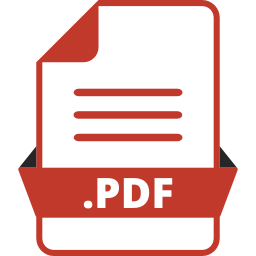
This paper co-authored by Dr Dinesh Mohan and Dr Geetam Tiwari, focuses on issues concerning mobility, pollution and safety in megacities of less motorised countries (LMCs) using Delhi (India) as an example. Issues discussed are: Urban transport and land use patterns, planning, systems management and infrastructure development, fuel quality and alternate fuels, control of car ownership, in-use maintenance and inspection, fuel efficiency and technologies, pedestrian and bicycle environments and road safety. The patterns of traffic and management issues in LMCs are very complex and some of their problems have not been faced by the richer countries in the past. In LMC cities’ non-motorised modes of transport and some form of public transport/para-transit already constitute a significant proportion of all trips. It will be difficult to increase this share unless these modes are made much more convenient and safer. Unless people actually perceive that they are not inconvenienced or exposed to greater risks as bicyclists, pedestrians and bus commuters it will be difficult to reduce private vehicle use. Buses and non-motorised modes of transport will remain the backbone of mobility in LMC mega-cities. To control pollution both bus use and non-motorised forms of transport have to be given importance without increasing the rate of road accidents. These issues have to be considered in an overall context where safety and environmental research efforts are not conducted in complete isolation.

